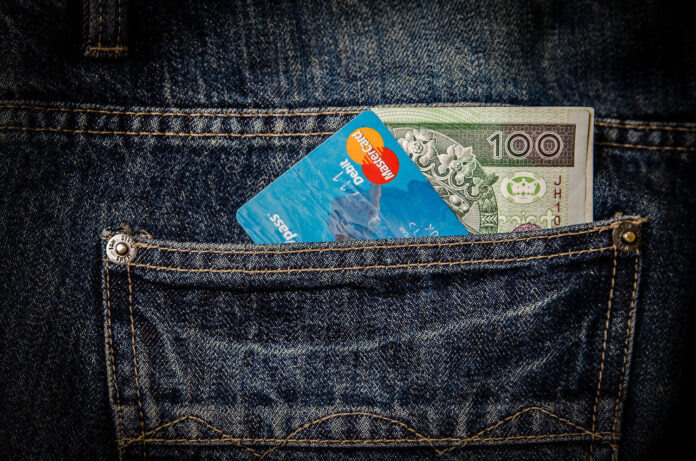
According to a recent study, Romania is currently the world’s most cash-reliant country, with 78 percent of its transactions using banknotes and coins. Presented by Merchant Machine, the research also explored related statistics, such as the percentage of a country’s population that is unbanked (lacking a bank account), the percentage of internet users, and how many cash machines each has per 1,000 adults. The results showed an interesting mix of figures, suggesting the reasons behind a country’s fondness for cash run deeper than these metrics alone.
Online, no Bank Account, Cash? Romania.
In Romania, the study reports 64 percent of the population is online, but just 42 percent of adults have a bank account. It offers around 64 ATMs per 1,000 adults. These figures point to a limitation of other payment options that would require a bank account, but still show many people who could use cards or e-payments are choosing cash.
These Countries Have Alternatives – But Prefer Cash
In Bulgaria – where 63 percent of transactions are conducted in cash – the picture is quite different, with just 28 percent of the population unbanked and 94 cash machines per 1,000 adults. The Ukraine also has a relatively low unbanked population (37 percent) and 96 cash machines per capita. In these countries, a range of payment options are available, and cash remains in high demand, with the populations well-served in terms of access to it.
Which Country Has Most Cash Mashines?
Peru has the highest relative number of cash machines at 127, with a reported 57 percent of its population unbanked. Its point of sale (POS) mix of payment methods is 44 percent cash, 27 percent credit card, 17 percent debit card and 12 percent other (digital/mobile wallets or POS financing). The low number of e-payments is likely attributable to the number of people without bank accounts, and also the fact that around 30 percent of consumers do not have a mobile device. The 2021 Worldpay Global Payments Report also notes many people there are suspicious of entering their personal data on a web page, regardless of the provider.
Japan: Digital Payment Not Welcome
At the other end of the scale in terms of technology penetration, Japan also prefers cash, with 59 percent of POS payments using it, compared to just 30 percent using credit card and three percent debit card. This is despite a long-term push to encourage people towards cashless options, with alternatives such as QR code payments on the rise. Their growth has been somewhat limited by associated costs for merchants, and a strong cultural preference for settling bills in cash.
Whatever a country’s or individual’s reason for choosing cash, the study underscores the importance of ensuring everyone can access it equally, without barriers such as a lack of local ATMs or high fees to use them. Fortunately, this need is increasingly being recognized, with countries taking steps to improve access to cash.
This article, first published on Cash Mattery, is based on a research by Merchant Machine.
Read here how Covid-19 did influence the use of cash.
Not in every region card transactions are preferred. A Scottish town returned to coin-operated parking meters in 2020.
Why cashless could work in Sweden was explained by Ursula Kampmann after her visit their in 2018.



